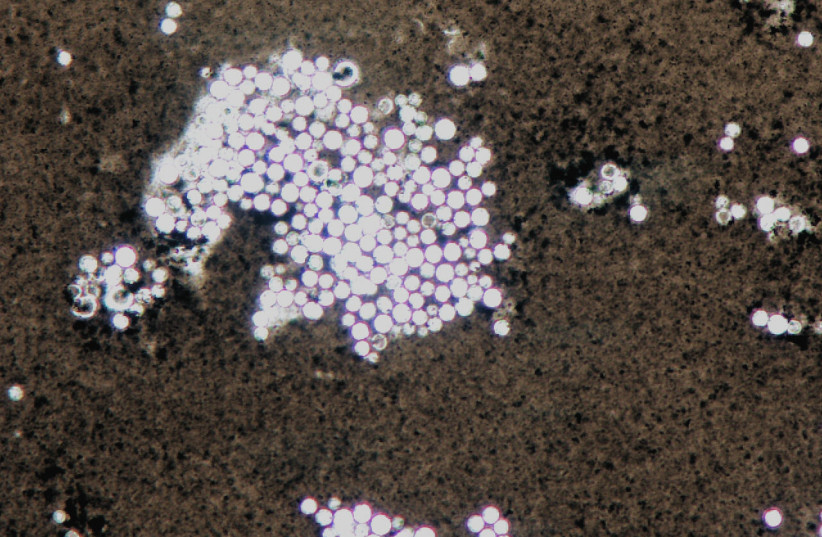After nearly three years of dealing with COVID-19, is this the next global health hazard?
The World Health Organization (WHO) has published the first-ever list of fungal pathogens that constitute the biggest threat to human health and warned that some strains are resistant to drugs and are becoming more and more common.
The United Nations, which also maintains lists of viruses and bacteria, said fungal infections and their increasing resistance to treatment are a growing risk. A historical lack of focus on the danger has led to huge gaps in knowledge, as well as a lack of follow-up, diagnosis and treatment.
It's difficult to estimate the extent of the threat because of the lack of data, according to the WHO, which called for a major effort by governments and researchers to strengthen the response to the 19 fungi on the list.
Dr. Hanan Balkhy, the WHO's Assistant Director of Antimicrobial Resistance, stated that an epidemic of resistant bacteria is emerging from the shadows. Fungal infections, which are increasingly resistant to treatment, are now quite common and turning into a worldwide public health problem.


Fungal infections often strike people who are already quite ill with diseases such as cancer or tuberculosis, and rates soared among COVID-19 patients hospitalized during the pandemic.
There are only four types of treatments for fungal infections, with very few new options in development. Climate change also means that the incidence and the geographic range of pathogens is expanding, announced the WHO, while the resistance of preventing infections is partly caused by the overuse of antifungal drugs in agriculture.
What are the fungal pathogens on the list?
The list divides the pathogens into three categories based on their potential impact and data on their resistance risk: critical, high and medium priority.
The critical-risk group includes Candida auris – which has become a serious global health threat since it was identified a decade ago, especially for patients with a weakened immune system – as well as Cryptococcus neoformans, Aspergillus fumigatus and Candida albicans.
The high-risk group consists of several other fungi from the Candida family as well as others such as Mucorales, a group containing the fungi that cause mucositis or black fungus, an infection that rose rapidly amongst critically ill patients who had coronavirus, especially in India.
Medium-risk fungi include Coccidioides spp and Cryptococcus gattii.
